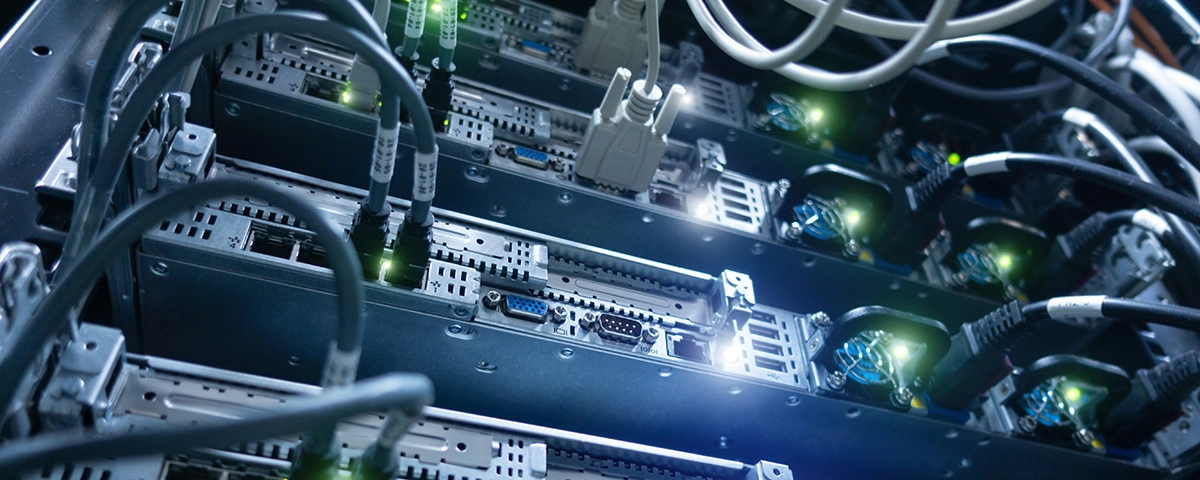The server room has been the mainstay of large company data storage for decades. Since the evolution of the ‘computer room’ to today’s racks of servers within a dedicated area of a building, companies are used to factoring the maintenance, space, and security of the server room into the annual budgets.
However … the advent of alternative data storage technology is fuelling a wind of change towards what might soon be considered an obsolete use of prime real estate for many companies.
Ditching the server room for a more viable solution is something that companies of varying sizes have either done or are considering.
So what’s the alternative?
Micro Data Centres, either as a standalone feature or in combination with cloud storage, have become a popular alternative to traditional on-premise server rooms in recent years.
A Micro Data Centre is a small, self-contained data storage centre around the size of a refrigerator. It can run on AC or DC power, can be sited virtually anywhere, runs quietly enough to keep within an office environment and takes less than a week to get up and running. They’re also mobile and can be scaled up whenever data storage needs increase.
The advantages of this over a server room are many. To determine whether the time has come to swop from the traditional – and likely to be ageing – server room, ask yourself the following questions.
- Could the server room space be put to better use?
- Are you in the process of relocating the business?
- Is it becoming problematic to keep the servers adequately cool?
- Are the costs of cooling becoming prohibitive? This is especially relevant with the spiralling costs of energy the world is experiencing.
- Do you have data security concerns?
- Do you need to monitor and manage data storage remotely? The concept of remote and home working has become far more commonplace, making this a priority for many businesses. We’ve proven this is a legitimate new way of working during the pandemic, with many companies continuing to allow employees to do so or to work on a hybrid office-home basis.
- Do you need to reduce your carbon emissions? MDCs offer a far more environmentally-friendly solution than traditional server rooms.
- Do you need to expand your storage options?
If the answer to many of these questions is ‘yes’, then it may well be time to move towards a more technically-advanced solution. MDCs, either in isolation or in combination with cloud storage, offer a cheaper, more secure, environmentally-sound solution that – crucially – can be mobile when needed.
Apart from being expensive, server rooms are – once built – in place for life. If you need to move premises, then a completely new facility will need to be constructed, something that takes months or, more typically, years to do.
MDCs, on the other hand, have no such constraints.
So, has the time come to change your way of thinking. Savvy companies across the globe are utilising MDC tech to their advantage, reducing their reliance on outdated and expensive server rooms taking up space that can be put to better use. Is it something you should be considering too?






